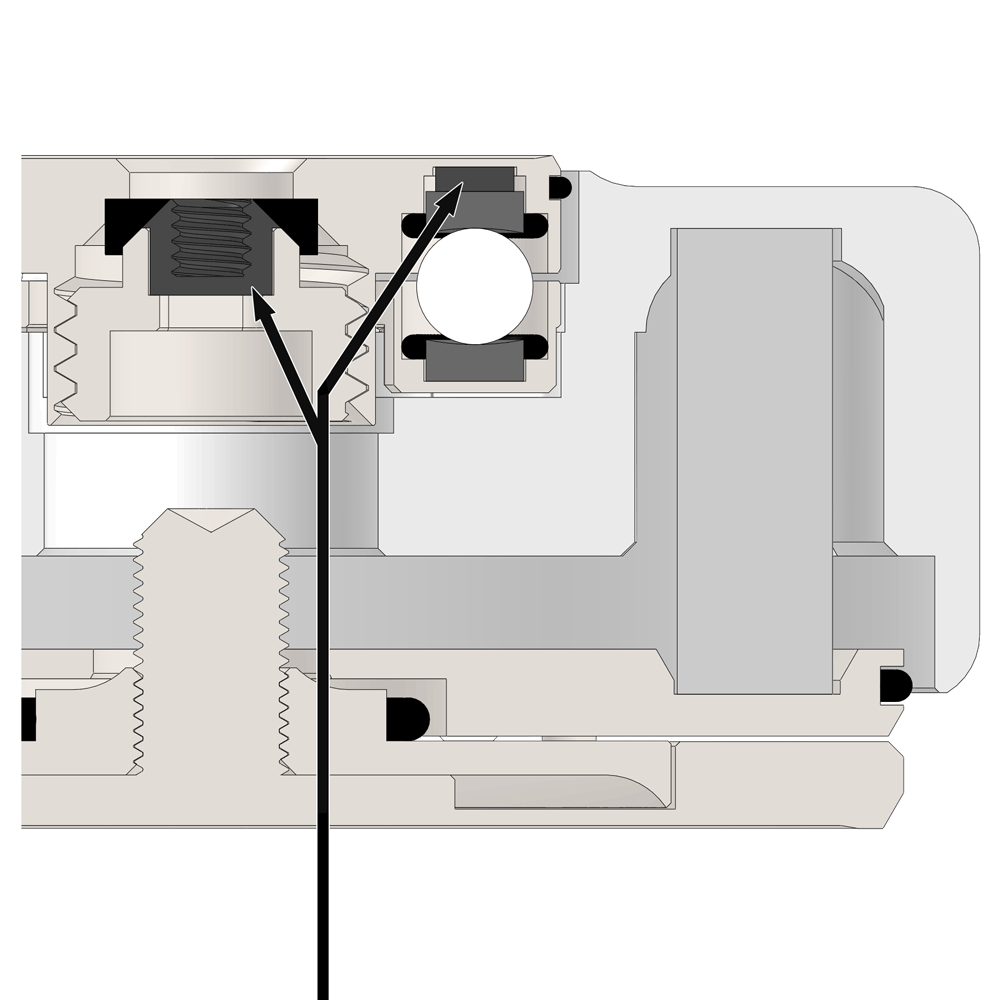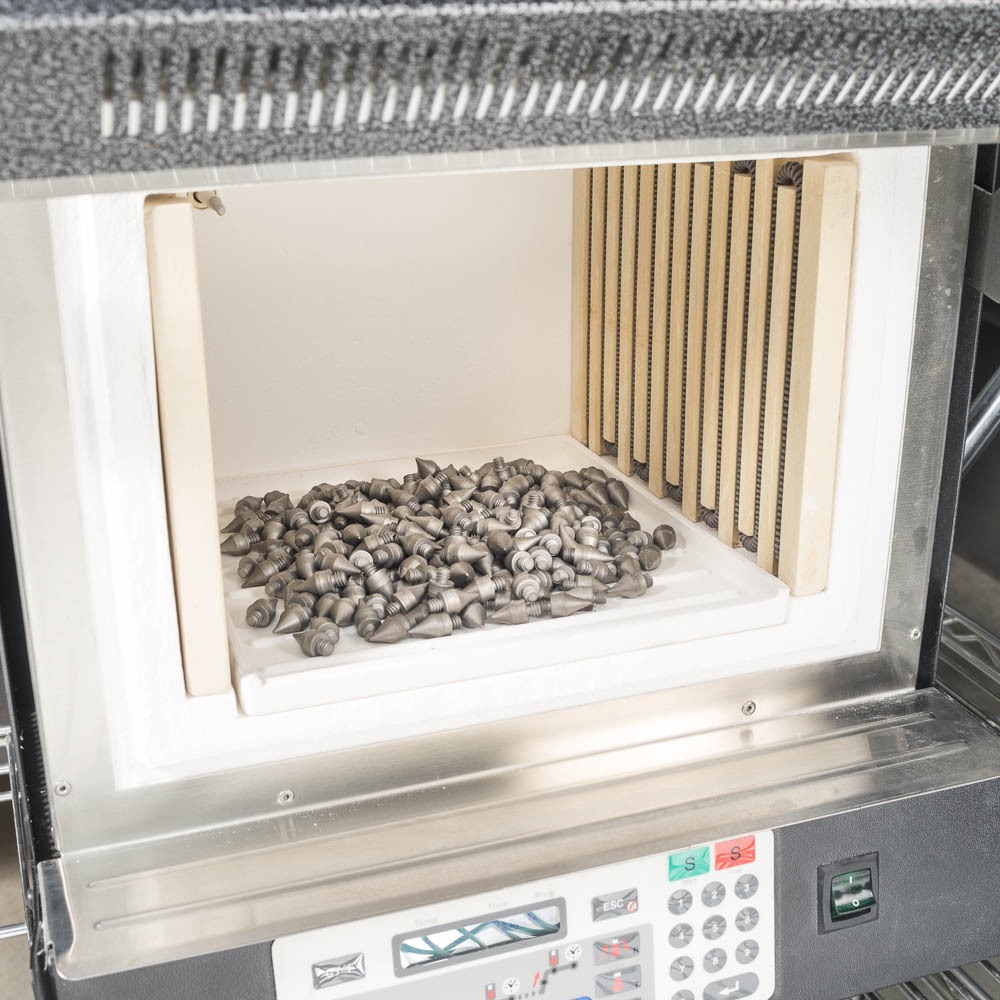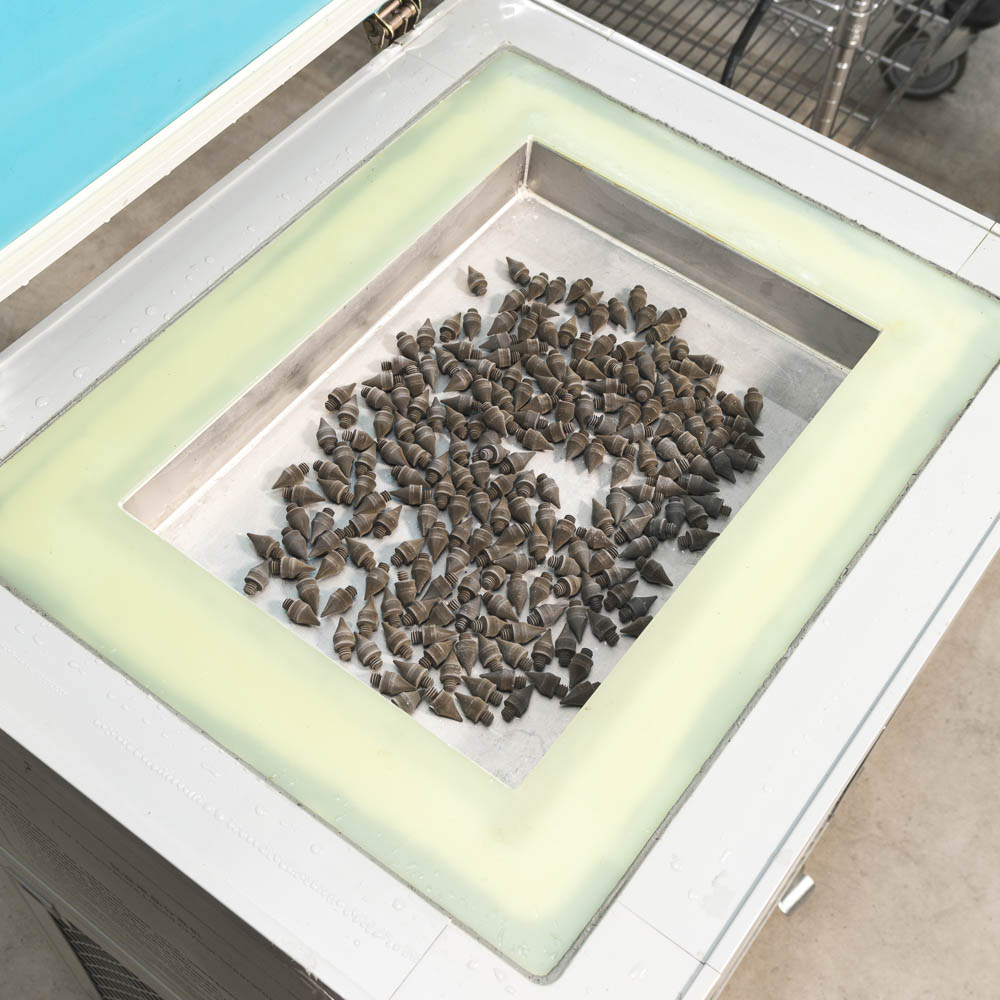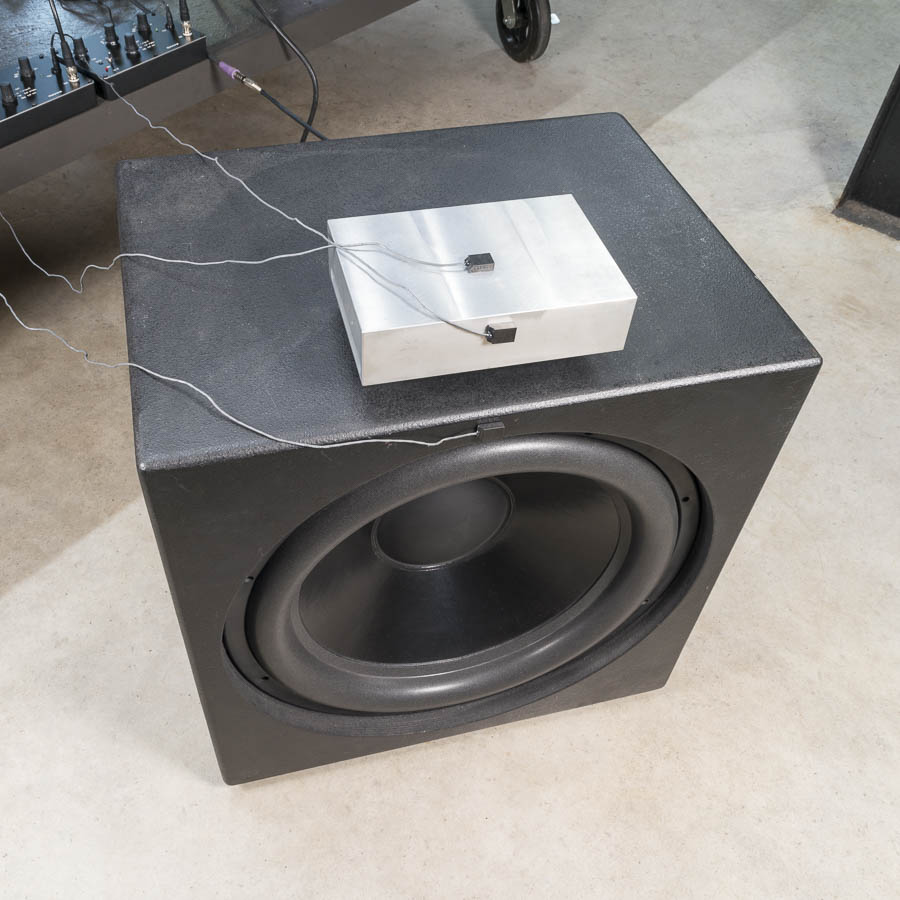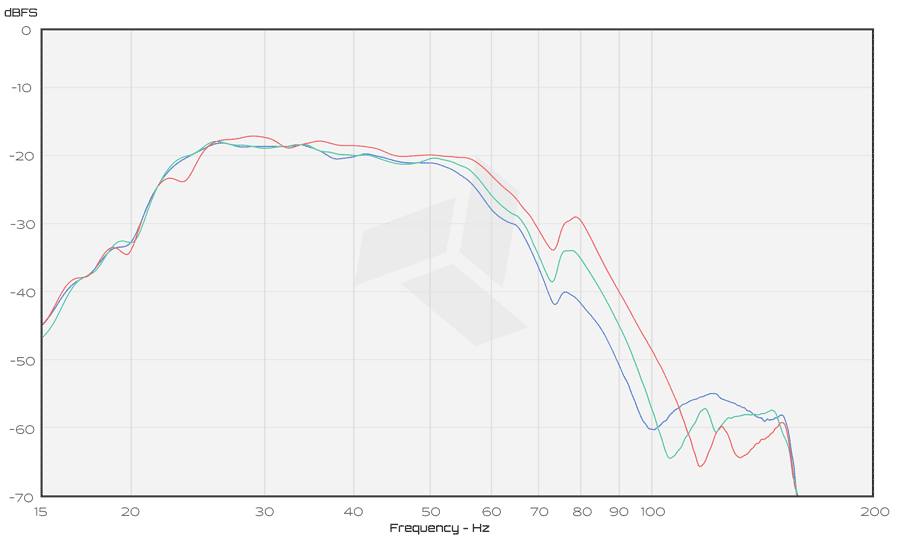TwinDamp™: Improving the Damping Capacity of Manganese-Copper
While designing the Diamond Insert for our Carbide Base footer we sought to utilize a high-damping metal alloy to improve isolation performance. Through research and testing we developed TwinDamp™ – a temperature treated manganese-copper twin crystal metal alloy with exceptional damping properties from 0.01 Hz to 10 MHz .
When manganese-copper alloys are subjected to vibrations, the strain caused by the movement of martensite twins or by the mutual movement between the twin boundaries and martensitic phase boundaries relaxes the stress and dissipates the vibration energy[1]. In other words, small movements between boundaries within the material allow it to effectively dissipate vibrations through a conversion into heat.
Manganese-copper alloys are among the highest damping metal alloys in existence having a damping capacity over 10 times greater than copper[2]. While the damping capacity of these alloys is much less than the elastomers utilized in our ViscoRing™, they have the distinct benefit that as a rigid metal they better maintain their form under load.


